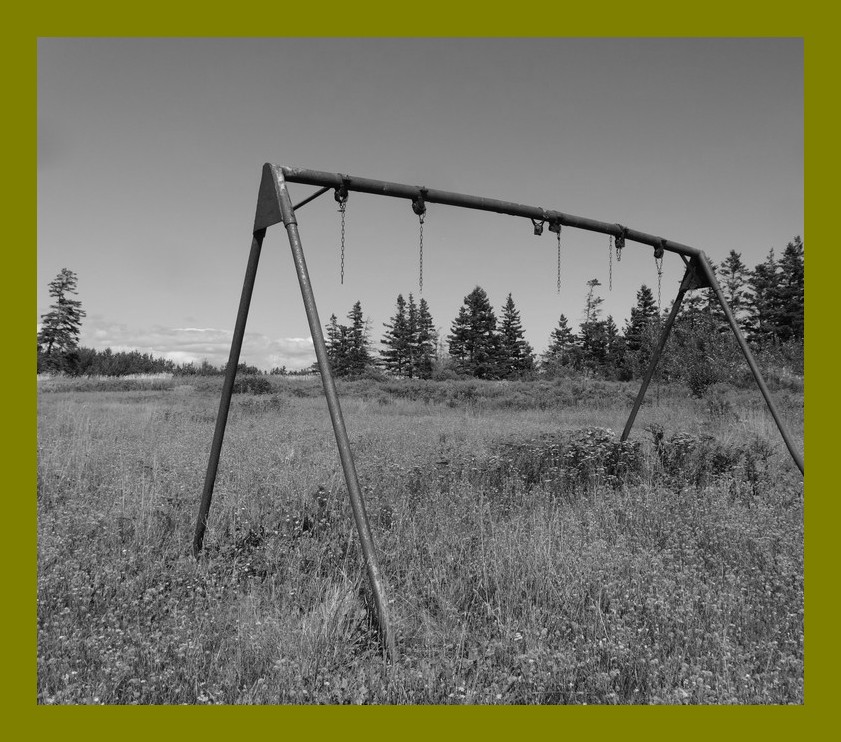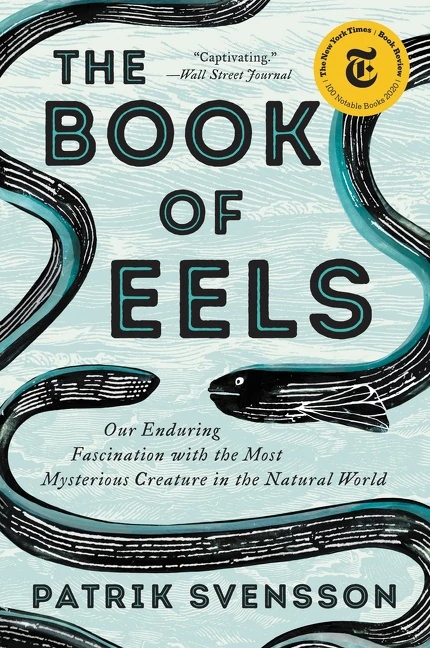I’ve pretty much spent every waking hour of the past twenty-four reading this book that, essentially, tells how a homeless woman ended up dying on the streets of Hamilton, Ontario, a story that might strike one as being not especially new. After all, there are only so many ways a homeless person dies. Usually from some form of violence, neglect, or addiction.
This is what I thought, that there was no new story to tell on the subject, so why read?
And yet once started I could not stop reading.
Why? Partly because of how Denise Davy tells the story. Oh my god, where do I begin to even say how well written this is. Throughout, I marvelled at how she, the author, was so very adept at restraint, keeping her emotion out of things and letting the story be entirely Margaret’s.
Margaret Louise Jacobson is the Margaret of Her Name Was Margaret: Life and Death on the Streets. Born to ultra-Christian, missionary parents, she spends the first fourteen or so years of her life being devoted to the church as her (rather unpleasant, austere) parents spread god’s word throughout every aspect of her childhood and the Caribbean. The book doesn’t go into the unnecessary details of their work, only suggesting the effect of all that fundamentalism on Margaret.
Then the voices start. And her family returns to Canada. The reader’s hope at this point is that they’ve come back in order to get help for Margaret, that they will stand by her in what is obviously the early signs of mental illness. But they deliver her instead into the arms of the Canadian mental health system while they return to god’s work and the system lets her down miserably.
That’s the story in a nutshell, but that’s not the story. That’s what we like to think the story is, or a version of it, for every ragged bit of humanity we see sleeping on sidewalk grates. Ah, well, we tell ourselves as we gingerly step around them or cross the street, some tragic tale, some sad past, another person slips between the cracks of a well-meaning system, probably their own fault in some way we can’t quite be bothered to name. If we’re in the mood to make ourselves feel noble, we drop change into a cup.
The other reason I couldn’t stop reading was because of how my mind and my eyes were being opened to a subject I thought I understood.
What Davy has done in this book is not only bring one person to life through making a small, personal connection with her, but also effectively taking us by the hand and walking us through a day, a month, a decade or five, of that life. And she’s done so without lectures or blame or righteousness but simply by saying look at this, and see that over there, and here’s a bit of info you may or may not care to know…
Davy, a well known journalist, received permission from a family member to access Margaret’s extensive medical files and with that (800+ pages), and access also to family letters, photographs and conversations with various people who knew her, she pieced together a life that with every page becomes more real.
Also more unreal insofar as the mind-boggling insanity of ‘the system’.
It is a story both shocking and endearing.
Davy honours one woman especially in this book, but in doing so she honours the homeless collectively and best of all, she offers suggestions for how we, as individuals, communities, and as a society, can honour our most disenfranchised fellow citizens by writing letters and demanding meaningful supports be put into place.
It’s not possible to read this and see homelessness the same way again. Not possible to carry on consoling ourselves with thoughts of how the homeless choose this lifestyle (the majority do not) or that there is simply nothing to be done with people who snarl and lash out, refusing to help themselves or allow others to help.
Because there’s a reason for that.
And there’s a solution.
On top of everything else, homelessness is expensive. The use of emergency and health care services, police, fire, prison, etc., (services used more frequently by the homeless due to lifestyle, mental health issues, and no other options) amounts to approximately $100,000 per year per (chronically) homeless individual. If anyone wants to talk money, it’s actually much cheaper to create supportive housing than support homelessness.
Along with the problems, Davy cites some uplifting examples of countries and cities that have adopted programs (like supportive housing) that work and where homelessness numbers (and costs) have dropped considerably.
Her Name Was Margaret is a compelling, unputdownable and strangely optimistic book for many reasons, not the least being that Davy shows us there IS a way out, a way both humane and economically viable. For that reason alone it’s must reading. Schools and universities included. We need to understand systems in order to fix them, not just sympathize with those caught in the middle.
I don’t know what I was expecting when I opened the book. To learn about one person, that would have been enough. I assumed there would be sadness, but I couldn’t have guessed that it would also contain such hope and be a source of enormous inspiration to DO something toward change.
I will be writing letters asking for change.
Thanks to Denise Davy for the extraordinary heart that has gone into the research and writing of the book. And to Wolsak & Wynn for publishing it.
♦
 (though also entirely different) of Baby in Heather O’Neill’s Lullabies for Little Criminals. That voice is how Ozeki captures the specific brand of un-selfconsciousness unique to someone (especially young) who is both dramatic and casual (in the same moment) about most events in their life whether they be major… such as trauma, or minor… say drumming, or lunch.
(though also entirely different) of Baby in Heather O’Neill’s Lullabies for Little Criminals. That voice is how Ozeki captures the specific brand of un-selfconsciousness unique to someone (especially young) who is both dramatic and casual (in the same moment) about most events in their life whether they be major… such as trauma, or minor… say drumming, or lunch.









